

国学大书院20:鬼谷子
¥10.67
《东周列国志》中曾这样评价鬼谷子:“其人通天彻地,有几家学问:一曰数学,日星象纬,在其掌中,占往察来,言无不验;二曰兵学,六韬三略,变化无穷,布阵行兵,鬼神莫测;三曰游学,广记多闻,明理审势,出词吐辩,万口莫当;四曰出世学,修真养性,服食引导,祛病延年,冲突可俟。”

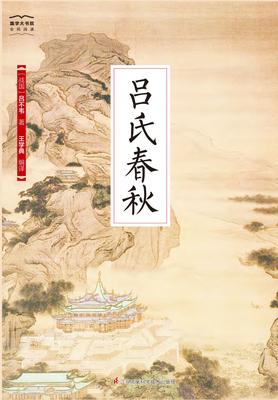
国学大书院21:吕氏春秋
¥14.00
《吕氏春秋》集合诸子百家杂而不杂之言,包罗天地古今万物众生之理!全书的内容以儒家、道家的理论为基础,集合了各家之学说融于一炉,是中国汉代大统一时代前政治、军事、哲学、谋略思想的出色总结。


国学大书院06:道德经
¥12.67
时下,世界上掀起了一股学习老子的热潮,老子的《道德经》也因此风靡全球。据调查:在德国,几乎每个家庭都备有一本德文版《道德经》;在日本,《道德经》成为企业管理者的案头藏书,用以指导自己企业的经营和管理;在美国,一家出版公司竟花13万美元的天价得仅有5000字的《道德经》的英文版权;更值得一提的是,美国学者蒲克明声称:“《道德经》肯定会成为未来社会家喻户晓的一部书。”由此可见《道德经》已跨出国门走向了世界。

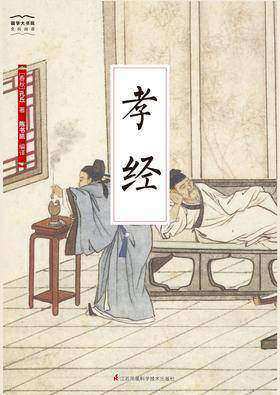
国学大书院07:孝经
¥7.33
《孝经》一书, 共计十八章, 将社会上各种阶层的人士——上自国家元首,下至平民百姓,分为五个层级,而就各人的地位与职业,标示出其实践孝亲的法则与途径。《孝经》作为儒家经典之一, 不仅有它的文学和文化价值,而且具备了宣扬孝道、净化心灵的精神和社会价值。今人看《孝经》一书,要与时俱,辩证看待文中的内容。此外,本书还收录了《二十四孝》故事,辑录古代所传二十四个孝子的故事。


国学大书院08:战国策
¥14.00
《战国策》为国别体史书。《战国策》主要记述了战国时的纵横家的政治主张和外交策略,展示了战国时代的历史特和诸国间政治博弈的风貌,是研究战国历史的重要典籍。《战国策》是汇编而成的历史著作,作者不明。西汉末年,刘向按照国别行了编订。

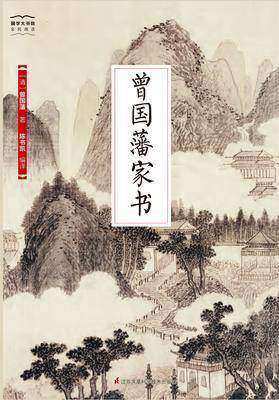
国学大书院40:曾国藩家书
¥14.00
《曾国藩家书》内容广博,既有治军为政之道,又有人生处世之谈,是研究其人及这一时期历史的重要资料。曾氏家书行文从容镇定,形式自由,在平淡的家常事中蕴含真知良言。曾国藩推崇儒家学说,讲求经世致用的实用主义,可谓道德文章冠冕一代。
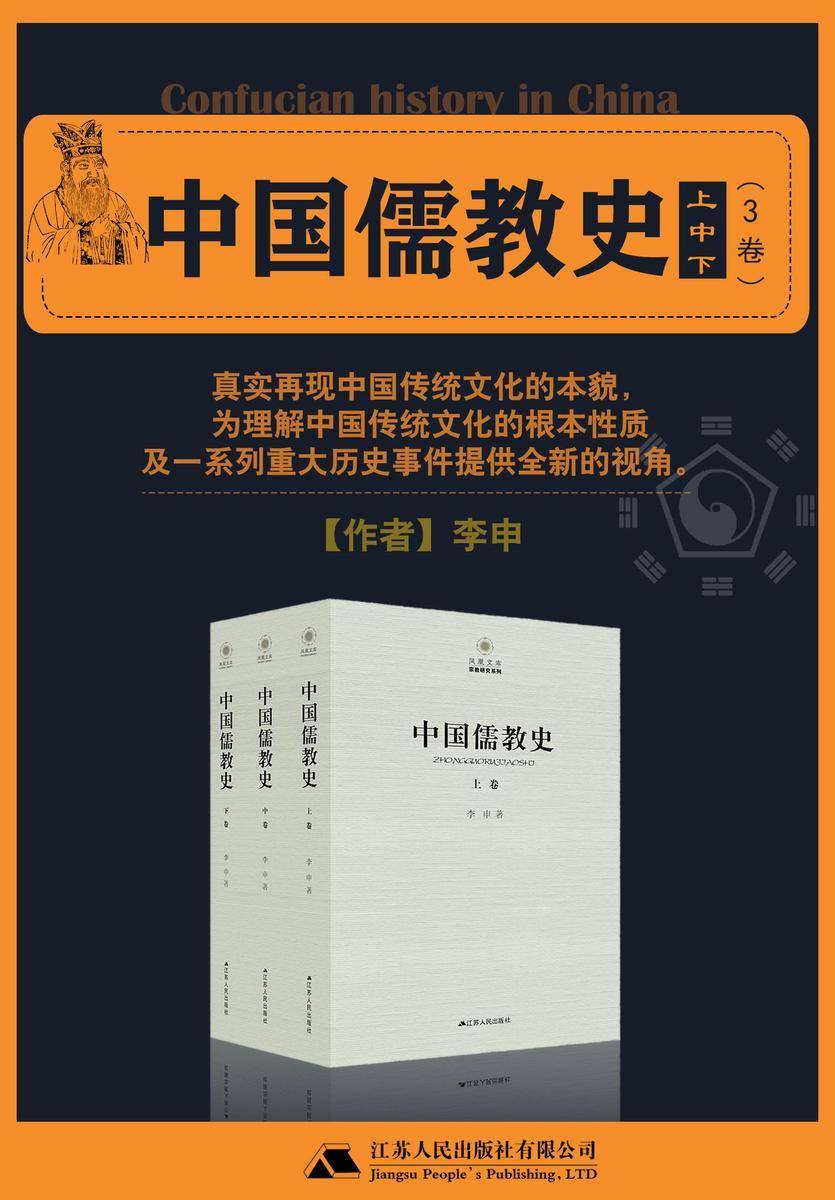
中国儒教史(上中下)
¥149.00
“儒教是宗教”的判断是中华人民共和国成立以后在宗教和传统文化研究领域*重要的创新学说之一,它否定了近百年来学术界一致认为中国古代是“非宗教国”的定论,以丰富的资料,严密的论证、深刻的分析,流畅的语言叙述了儒教从产生到衰亡的历史,揭示了儒教的神祇系统、祭祀制度、教义教理等从创造到被取消的过程,阐明了儒者如何为实现上帝、神祇的意志而治国、修身,并从事相关的理论探讨。内容包括儒教和佛教、道教、中国伊斯兰教、中国基督教等相关关系,涉及宗教、哲学、科学、史学、文学诸文化领域。

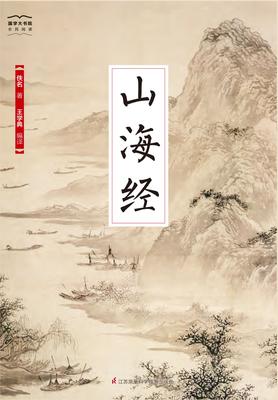
国学大书院19:山海经
¥9.59
讲解深浅出 注释简明扼要 翻译准确生动《山海经》是从战国时期到汉代初年,经多人编写而成的一部古书,书中的记载以神话为主,范围庞大,除了保存大量的神话资料外,还涉及学术领域的各个方面,诸如宗教、哲学、历史、民族、天文、地理、动物、植物、医药等学科,内容包罗万象,堪称当时的一部生活日用百科全书。

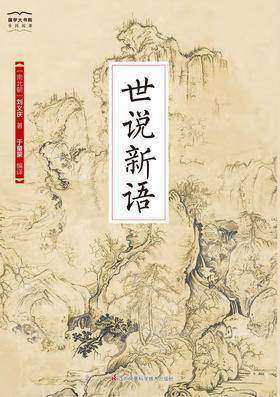
国学大书院22:世说新语
¥14.00
原名《世说》,唐代称《世说新书》或《世说新语》,后者成为本书专名大约在北宋时期。《世说新语》是中国古代小说的萌芽,其简洁隽永的传神描写是后世众多仿效者难以企及的。此书不仅在文学上有重要意义,并且记载的大多是真人真事,历来也受史学界的重视。


国学大书院30:格言联璧
¥12.67
说理之切、择言之赅,字字精准、富有哲理《格言联璧》曾被其跋者称为“本世事为学问”。本书的这一特色,对于人们世、出世有很好的借鉴和指导作用。全书以儒家修身、齐家、治国的次第为经,以对所收格言的诠释为纬,涵盖了人生从读书修身到处世、理家、治国、平天下的各个方面。


国学大书院13:资治通鉴
¥16.00
《资治通鉴》是我国*部编年体通史,逐年记载了长达1362年的历史。书中描绘了战国至五代时期的历史发展脉络,探讨了几十个政权的盛衰之由,生动地刻画了帝王将相们为政治国、待人处世之道,以及他们在历史旋涡中的生死悲欢。本书在《资治通鉴》原典的基础上,撷取其精华,解读其精要,以期让广大读者在阅读历史的同时有所获。


国学大书院14:孙子兵法
¥11.40
《孙子兵法》是中国*早的一部兵书,也是世界上*早的军事著作,被誉为“兵学圣典”,是中国古代军事文化遗产中的璀璨瑰宝,《孙子兵法》是中国*早的一部兵书,也是世界上*早的军事著作,被誉为“兵学圣典”,是中国古代军事文化遗产中的璀璨瑰宝,优秀传统文化的重要组成部分,在我国古代汉族军事学术和战争实践中,都起过极其重要的指导作用。


国学大书院09:史记·本纪
¥10.67
《史记·本纪》主要写的是帝王,几乎每一个帝王都单独成章,连西楚霸王项羽,虽然未正式称帝,司马迁也对其行了全面的勾勒叙述,并且精彩纷呈,感人至深。这些具有代表性的人物故事或历史事件,帝王的胆识和谋略,反映了中国封建社会历史的发展演变、朝代兴衰更替的轨迹。

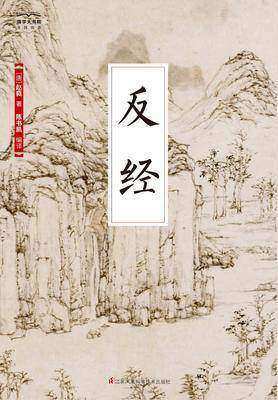
国学大书院17:反经
¥14.00
《反经》是一本实用性韬略奇书,由唐代赵蕤所著。它以唐以前的汉族历史为论证素材,集诸子百家学说于一体,融合儒、道、兵、法、阴阳、农等诸家思想,所讲内容涉及政治、外交、军事等各种领域,并且还能自成一家,形成一部逻辑体系严密、涵盖文韬武略的谋略全书。为历代有政绩的帝王将相所共悉,被尊奉为小《资治通鉴》,是丰富、深厚的汉族传统文化中的瑰宝。

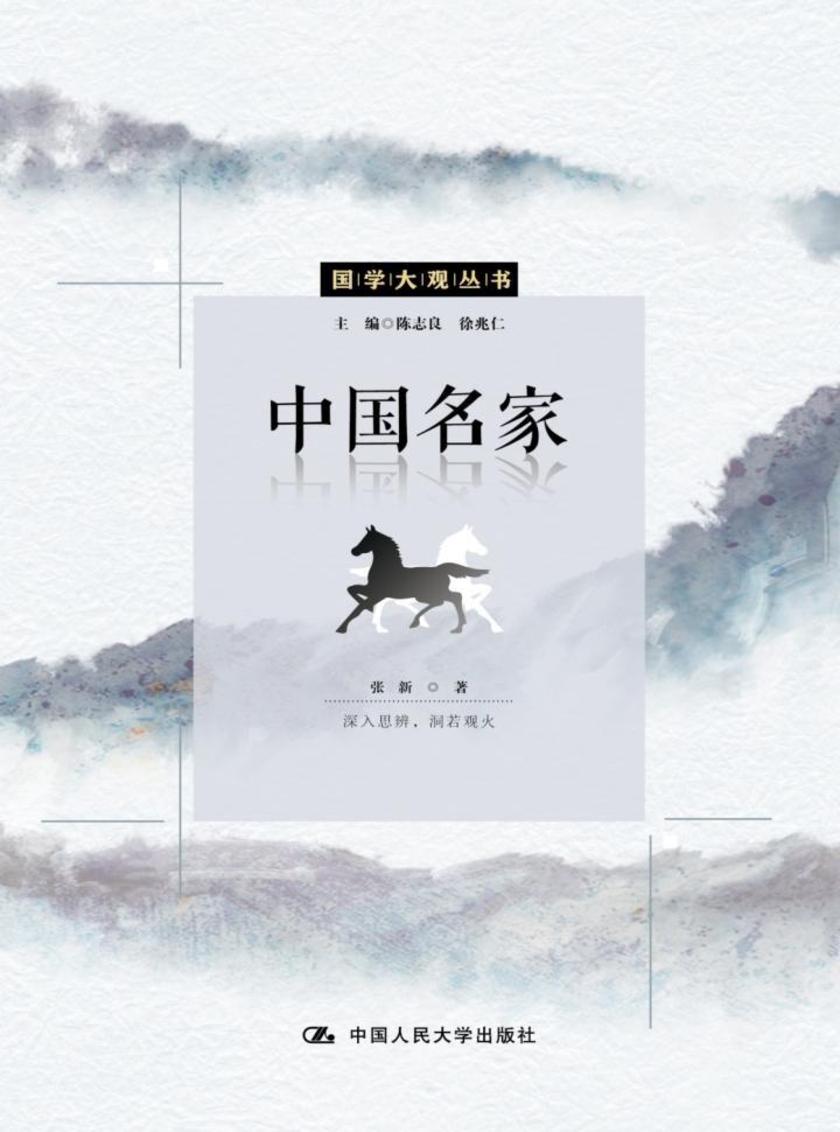
中国名家(国学大观丛书)
¥19.50
所谓“名家”,就是指以探讨名实关系为核心,注重对名词概念行深细致的分析,提倡“控名责实”学说为其基本特征的学术思想流派。名家学派的创始者为春秋末期的邓析,此后相继形成了三个基本学派:宋尹学派、惠施学派和公孙龙学派。从这三派的学说内容和各自所具有的基本思想倾向来看,我们可以将它们分别称为人文主义、科学主义和逻辑主义。本书的宗旨就在于通过对名家学说的分析,对名家学派的理论贡献和不足做出实事求是的公正评价,摈弃被传统观念强加于名家的种种诽毁之辞,以求还名家的真实面目。

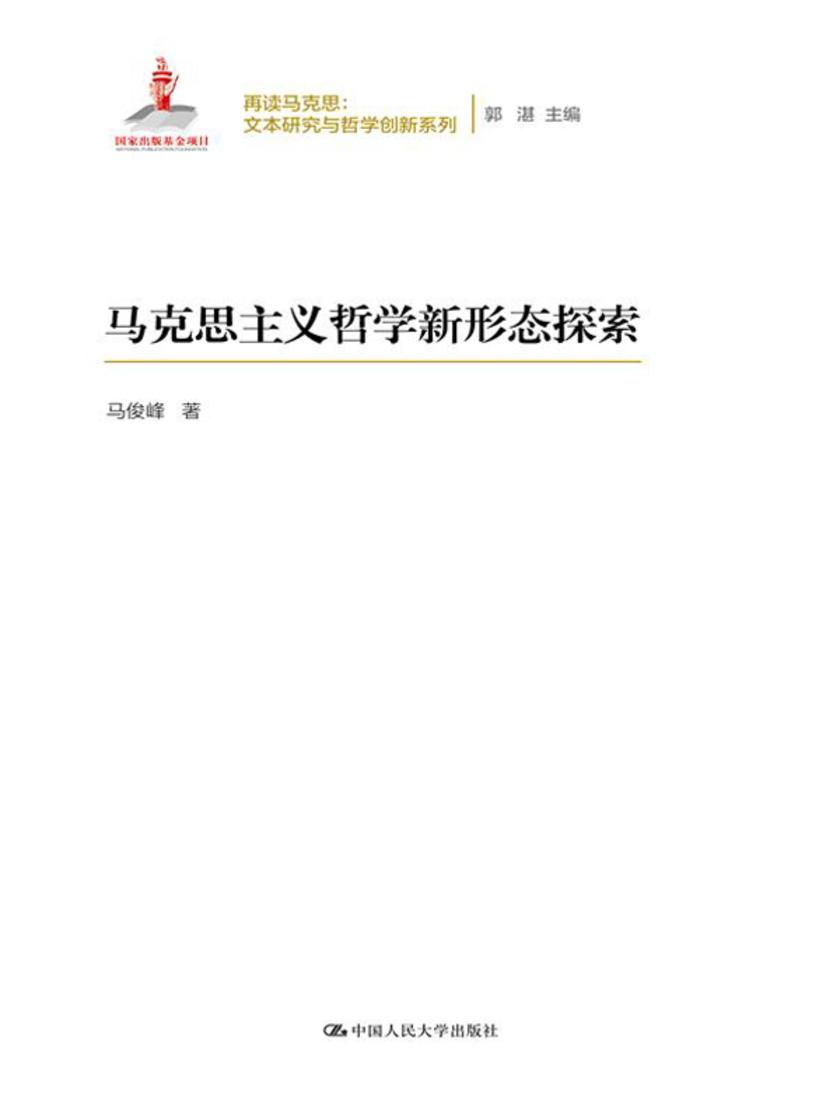
马克思主义哲学新形态探索(再读马克思:文本研究与哲学创新系列)
¥65.80
本书是作者多年来发表文章的一个选辑,是作者积极探索马克思主义哲学新形态的一种轨迹。上编“马克思主义哲学研究范式的转变”,汲取实践唯物主义讨论的成果,重新理解马克思主义哲学变革的实质精神,贯彻马克思从现实的人出发,把现实、感性、对象都当作实践去理解的方法论原则,对一些传统的命题、概念提出了新的解释。中编“马克思主义哲学中国化”,结合中国的历史和实际,分析马克思主义哲学中国化中的一些问题,包括重建社会信任、民主政治,具有一定的针对性。下编“现代中国公民文化建设”,用马克思主义哲学分析文化发展中的问题,认为建设公民文化,自觉确立、提升、完善公民主体性,是促使人的现代化的重要任务,也是中国现代化的核心议题。

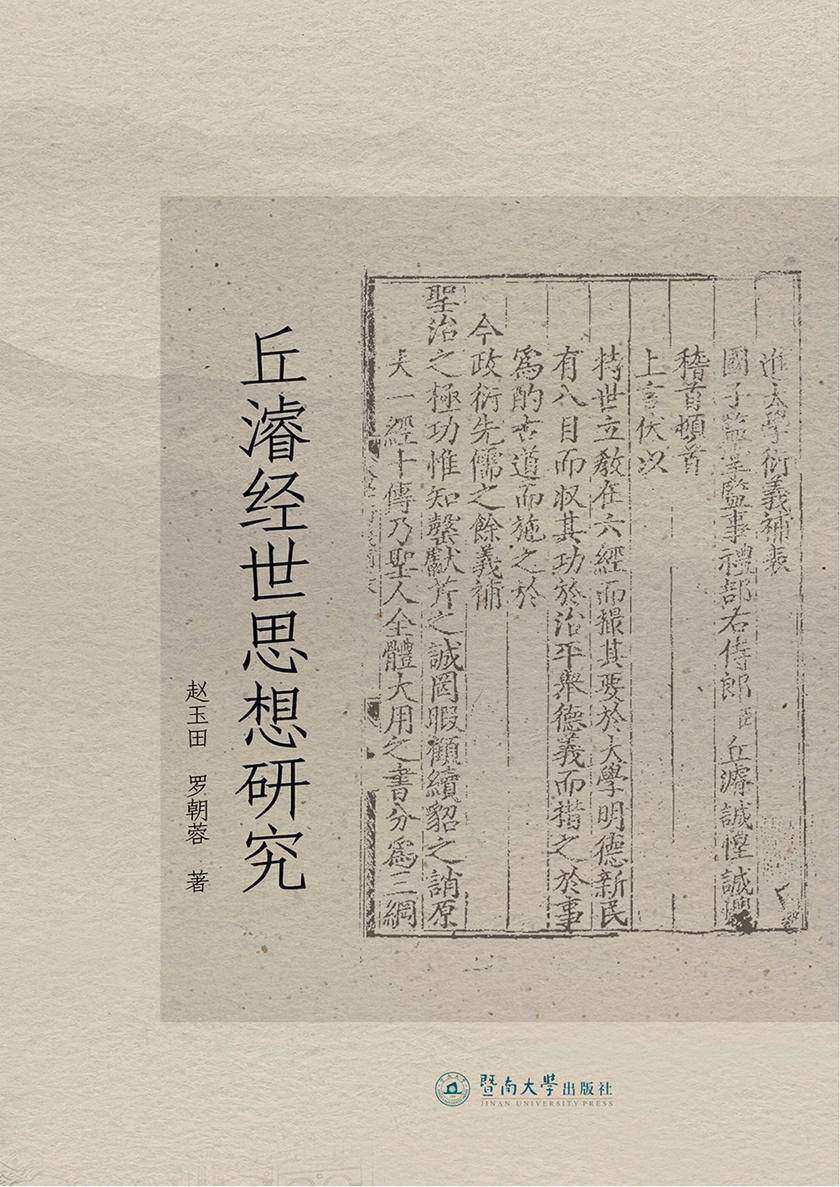
丘濬经世思想研究
¥10.46
明中期以降,传统社会抽绎近代化转型,社会经济商业化萌动,社会失范现象频发,传统农业危机与传统社会危机耦合变异,一并加重明朝统治危机,“成化症候”形成。救时成为时代主题。丘濬作为明代广东籍(今属海南省)中央高官、儒臣,向以经世救时为己任,以“三不可及”为时人称道。“养民”是丘濬经世之根本方略,“为民理财”是其经世主要途径,同时,他还从政治、经济、教育、文化等方面论述了他的其他经世救时主张。总之,丘濬站在时代潮头,重视工商业,重视海外贸易,重视民生,为商品经济与社会商品化鼓与呼。丘濬得经世思想是时代产物,具有时代性与步性。
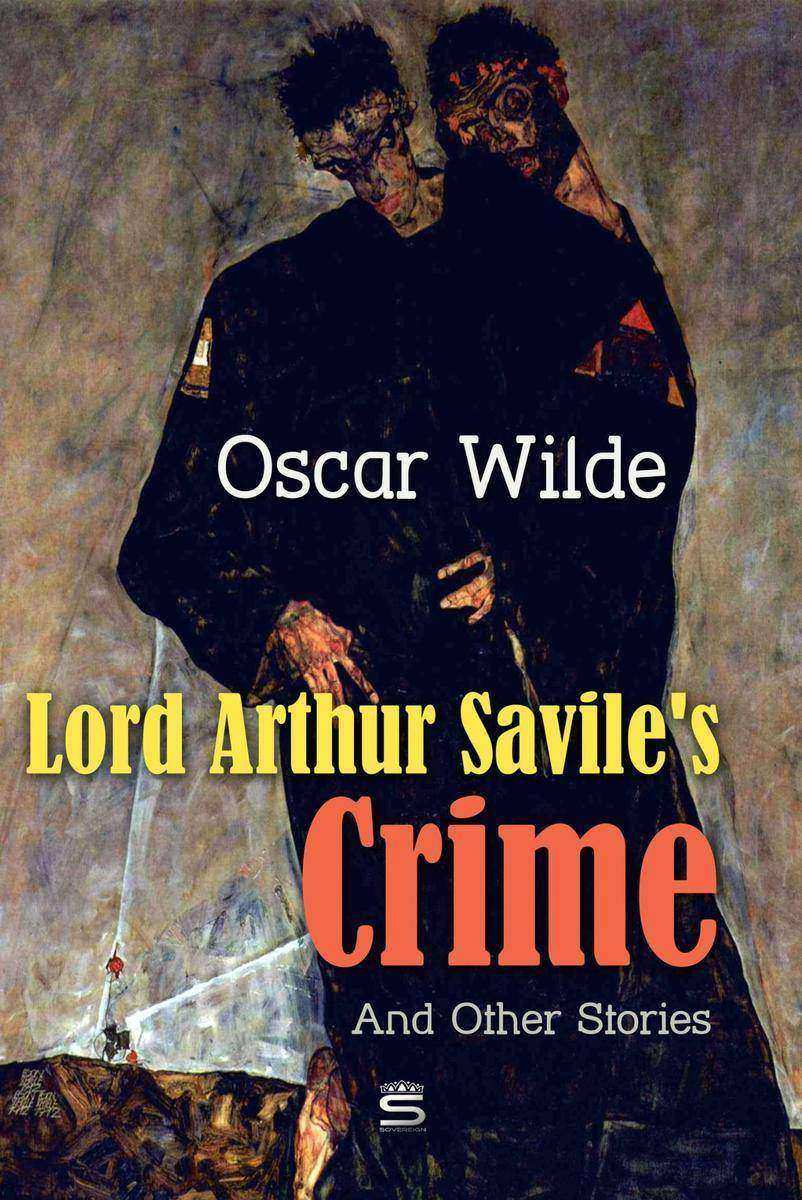
Lord Arthur Savile's Crime and Other Stories
¥40.79
Lord Arthur Savile's Crime is the opening story in this volume of Oscar Wilde tales and this collection will delight the reader with slightly darker undertones of Wilde's hugely enjoyable humorous tales. Also included in this collection: The Canterville Ghost, The Sphinx Without a Secret, The Modle Millionaire, The Protrait of Mr. W.H.
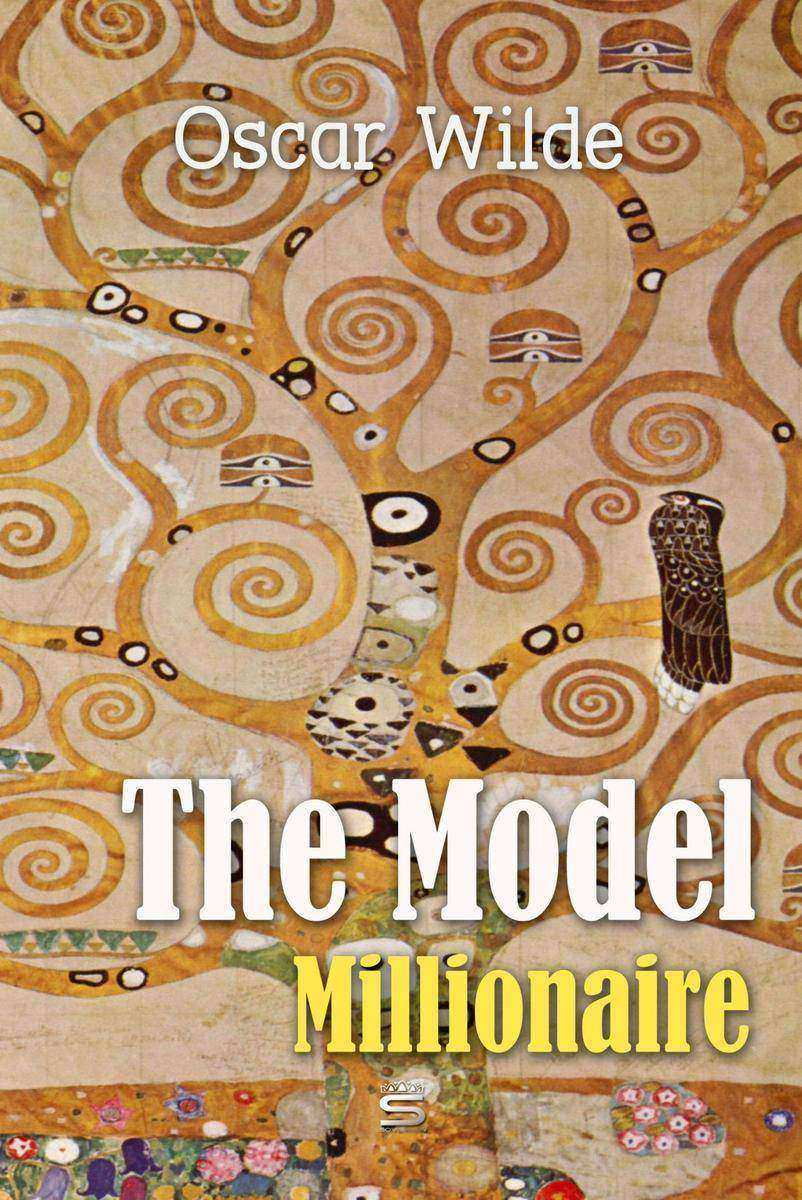
The Model Millionaire
¥40.79
Hughie Erskine is in love and wants to marry, but the girl's father will not allow it, since Erskine has no money. Erskine's friend Alan Trevor is a painter, and he visits him at his studio one day to find him with a pitiable beggar — the model for his painting. Erskine only has one coin, on which he depends for transportation, but he decides he can walk for a couple of weeks and gives the beggar the coin.
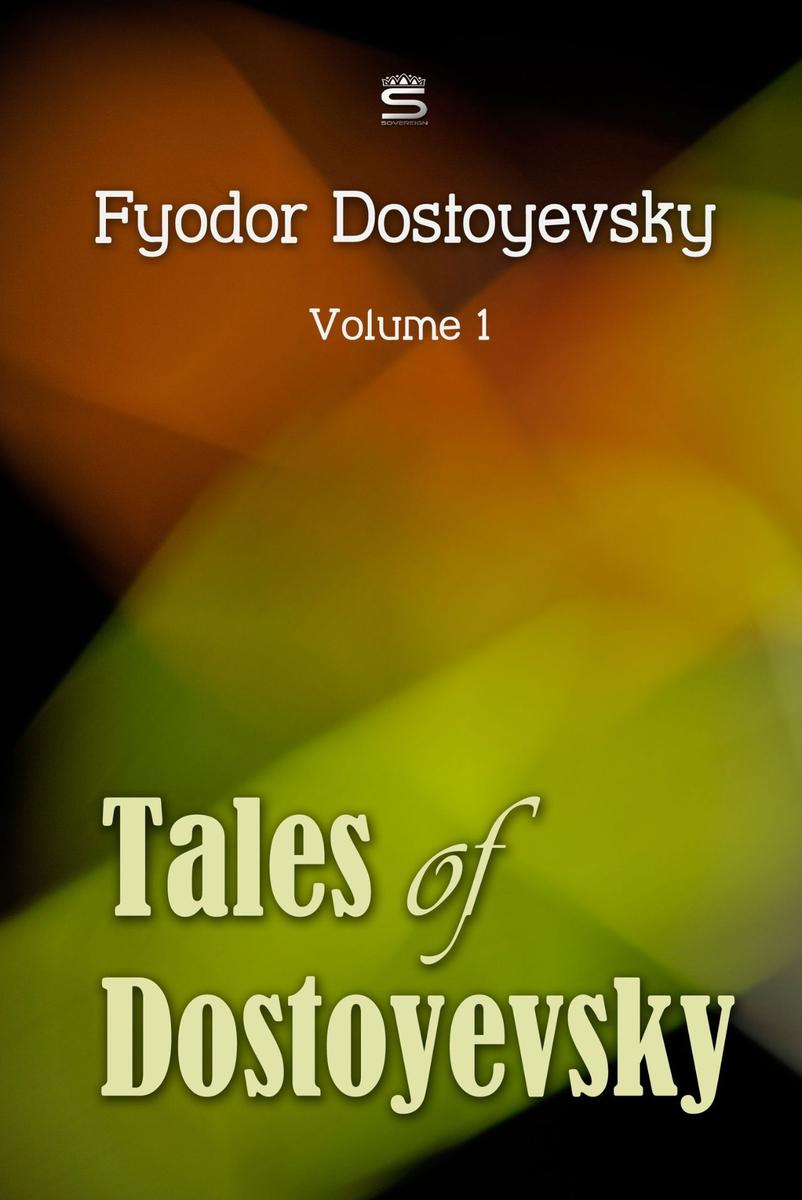
Tales of Dostoyevsky, Volume 1
¥40.79
Dostoyevsky is the only psychologist from whom I had something to learn', remarked Friedrich Nietzsche. 'He ranks among the most beautiful strokes of fortune in my life'. Discover the universal truths and wisdoms of Dostoyevsky in this volume of Dostoyevsky's tales including: An Honest Thief, The Heavenly Christmas Tree, The Peasant Marey.

The Odd Women
¥40.79
Alice and Virginia Madden move to London and renew their friendship with Rhoda, an unmarried bluestocking. She is living with the also unmarried Mary Barfoot, and together they run an establishment teaching secretarial skills to young middle-class women remaindered in the marriage equation.




 购物车
购物车 个人中心
个人中心



